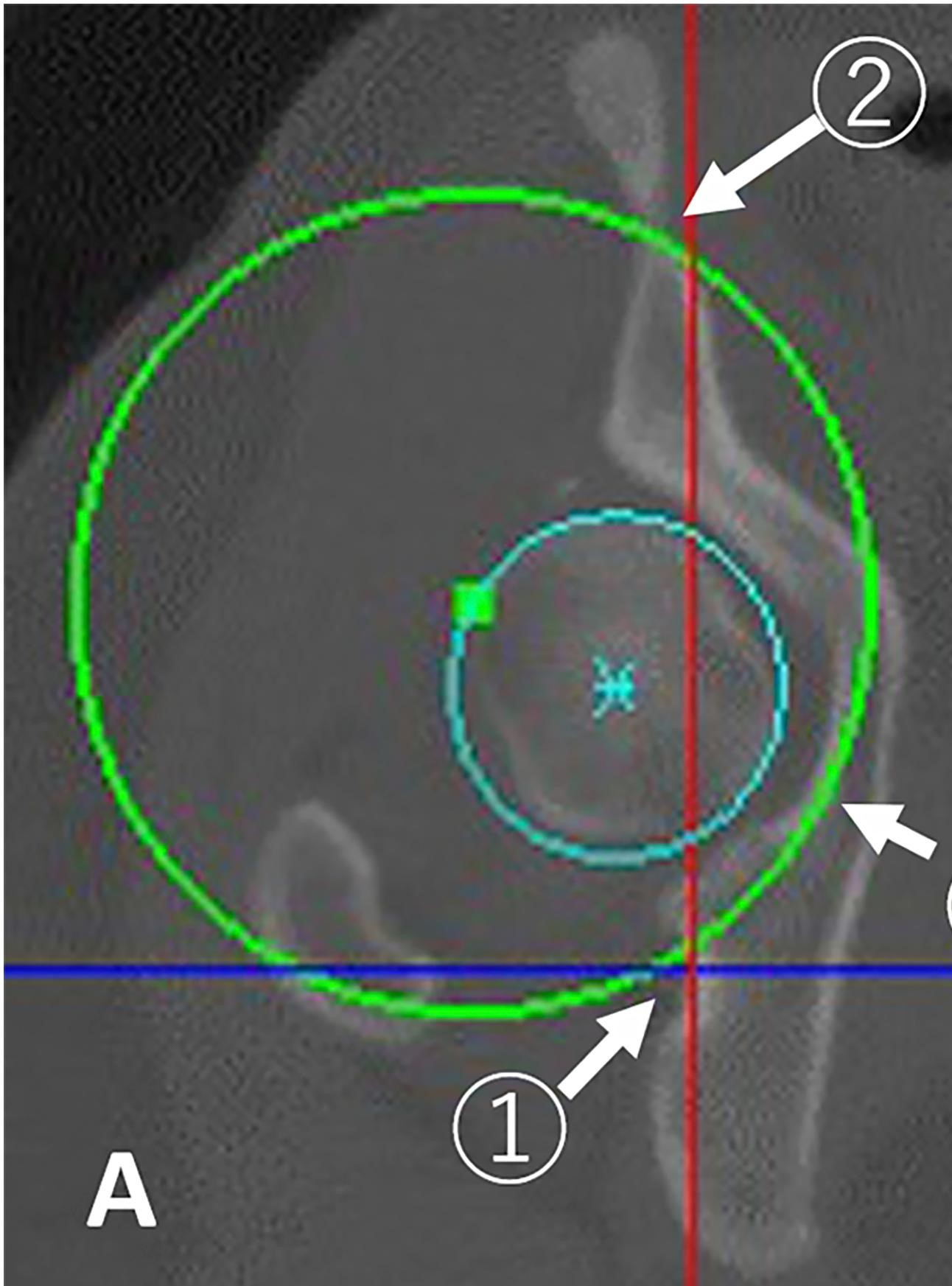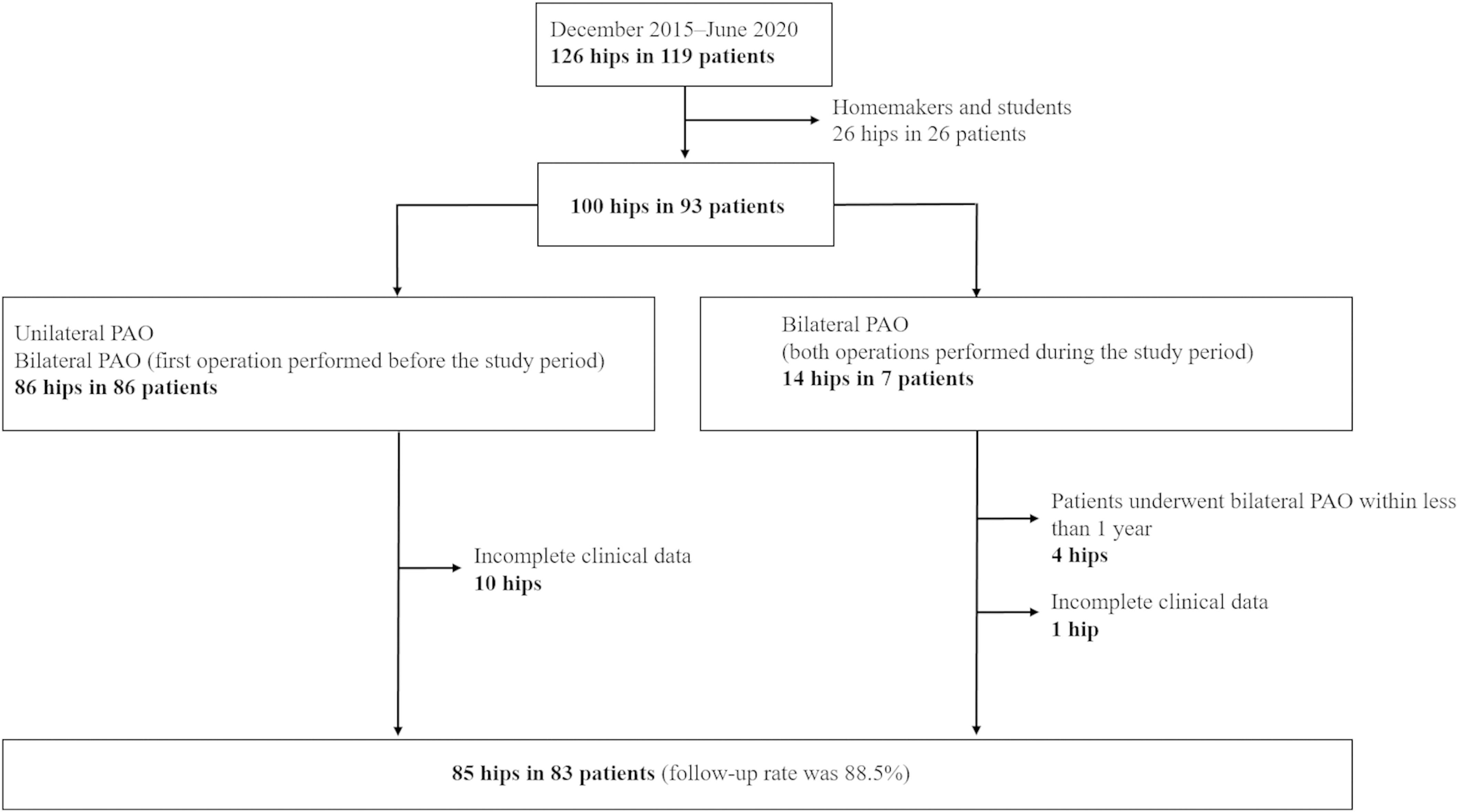A periacetabular osteotomy (PAO) is a surgical treatment for hip dysplasia that has been shown in adult patients to delay the onset of hip arthritis
Tag: hip dysplasia

As surgeons, we are always looking to improve, or at least we should be. How can we obtain better outcomes? How can procedures be more time efficient? Can
The treatment of hip dysplasia in patients with Down syndrome is challenging. Until the March 7, 2018 issue of JBJS, only short-term results from periacetabular
OrthoBuzz regularly brings you a current commentary on a “classic” article from The Journal of Bone & Joint Surgery. These articles have been selected by the
This month’s Image Quiz from the JBJS Journal of Orthopaedics for Physician Assistants (JOPA) highlights the case of an 8-year-old boy who presents with a

